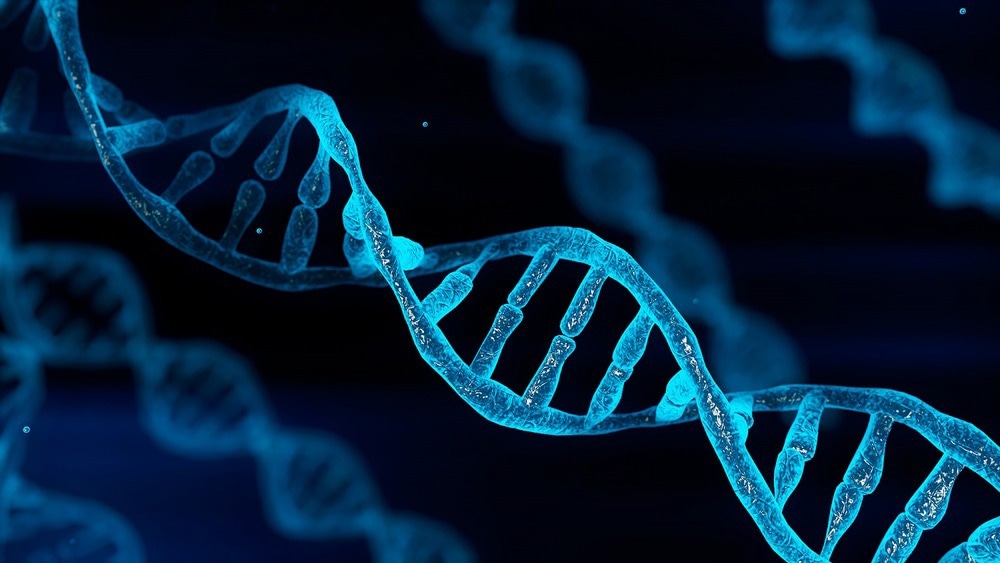Reviewed by Danielle Ellis, B.Sc.Oct 26 2023
Aging is an inevitable process that impacts all cell types, making yeast cells a common choice as a model organism in aging research.

Image Credit: MiniStocker/Shutterstock.com
Two primary approaches are employed to investigate aging in yeast: replicative aging, which focuses on the proliferative potential of cells, and chronological aging, used for the study of post-mitotic cells.
In a recent investigation, while assessing the chronological lifespan (CLS) of diploid Saccharomyces cerevisiae cells, a team of researchers including Tuguldur Enkhbaatar, Marek Skoneczny, Karolina Stępień, Mateusz Mołoń, and Adrianna Skoneczna from the Polish Academy of Sciences and Rzeszów University made a significant discovery. They observed a remarkable occurrence: a reduction in ploidy as yeast cells aged.
“To uncover the mechanism behind this unusual process we used yeast strains undergoing a CLS assay, looking for various aging parameters.”
Cell mortality, regrowth potential, autophagy initiation, and cellular DNA content assessments revealed that, in the course of the CLS assay, expiring cells experienced DNA loss, leaving only diploid cells to endure.
The study elucidated that autophagy played a pivotal role in progressive DNA depletion. The onset of the CLS experiment witnessed the activation of nucleophagy markers, coinciding with a notable decline in cell viability.
Notably, the activation of piecemeal microautophagy of the nucleus (PMN) markers seemed to coincide with the chronological aging process throughout the study's duration.
“Our findings emphasize the significance of maintaining at least one intact copy of the genome for the survival of post-mitotic diploid cells.”
As cells undergo chronological aging, various cellular constituents, such as DNA, become subjected to escalating stress levels, resulting in DNA damage and fragmentation within aging cells.
The scientists suggest that the removal of damaged DNA from the nucleus through PMN-based mechanisms serves as a safeguard against genome rearrangements. However, as long as at least one copy of the genome can be reconstructed, cell survival remains possible.
“The observations we made in aging research using yeast as the eukaryotic cell model may help to understand the mechanisms that prevent aneuploidy during aging or cancerogenesis in cells where chromothripsis has occurred.”
Autophagy in DNA Loss & Yeast Cell Survival in Chronological Aging | Aging-US
Video Credit: Aging-US
Source:
Journal reference:
Enkhbaatar, T., et al. (2023) Live while the DNA lasts. The role of autophagy in DNA loss and survival of diploid yeast cells during chronological aging. Aging. doi.org/10.18632/aging.205102.